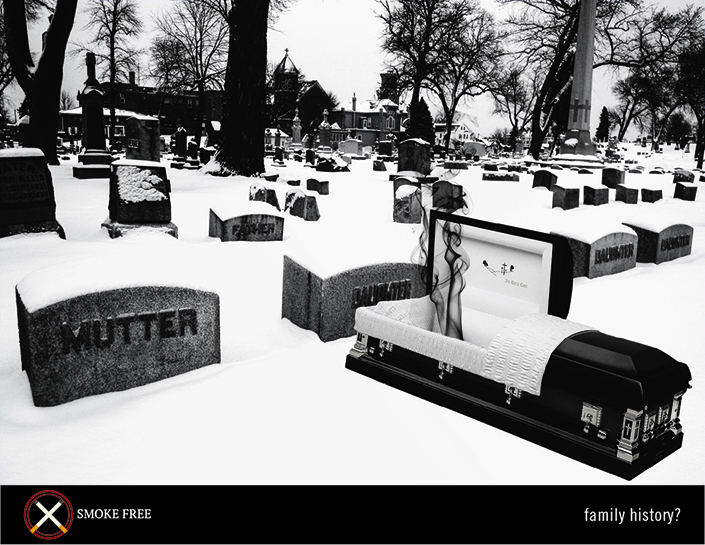Through the (Digital) Looking Glass
Falling down a rabbit hole just got easier. Sets for the Pasadena Civic Ballet’s production of Alice in Wonderland don’t exist in the physical world. They reside in a computer as digital animation files, and come to life only during performances.
In the first scene of the ballet, Alice chases the White Rabbit, who jumps into the orchestra pit. “The magic is the audience’s surprise when they suddenly see [a projected video of ] Alice and the White Rabbit falling miles and miles down the rabbit hole,” says John Goodwin, who created the animated sequence using Photoshop and After Effects, and embedded the dancers in it via green screen. “Moments later, they’re twirling on stage as live performers again.”
His technique thrills audiences, and it also alters the economics of staging a ballet, allowing performances in smaller venues. Alice premiered in February 2011. When it returns, sets won’t have to be dragged out of storage. There won’t be fees for rentals, refurbishing, or transport. “For touring, it’s amazing. You just need a projector and a disk,” Goodwin says. Traditional ballets require pauses for set changes between scenes. Animated sets improve the flow of performance.
A former dancer-choreographer, Goodwin changed careers after studying Computer Animation at FIT, and he now teaches in the department. The computer allows Goodwin to add more of the 145-year-old tale’s idiosyn-cratic surrealism, and use his creativity—within reason, of course. “We had to make sure the animation didn’t overpower the ballet.”
In many ballets, sets are an afterthought, Goodwin says. With this Alice, choreographer and set designer are working together. Next for Goodwin: Pasadena’s production of Aladdin.


